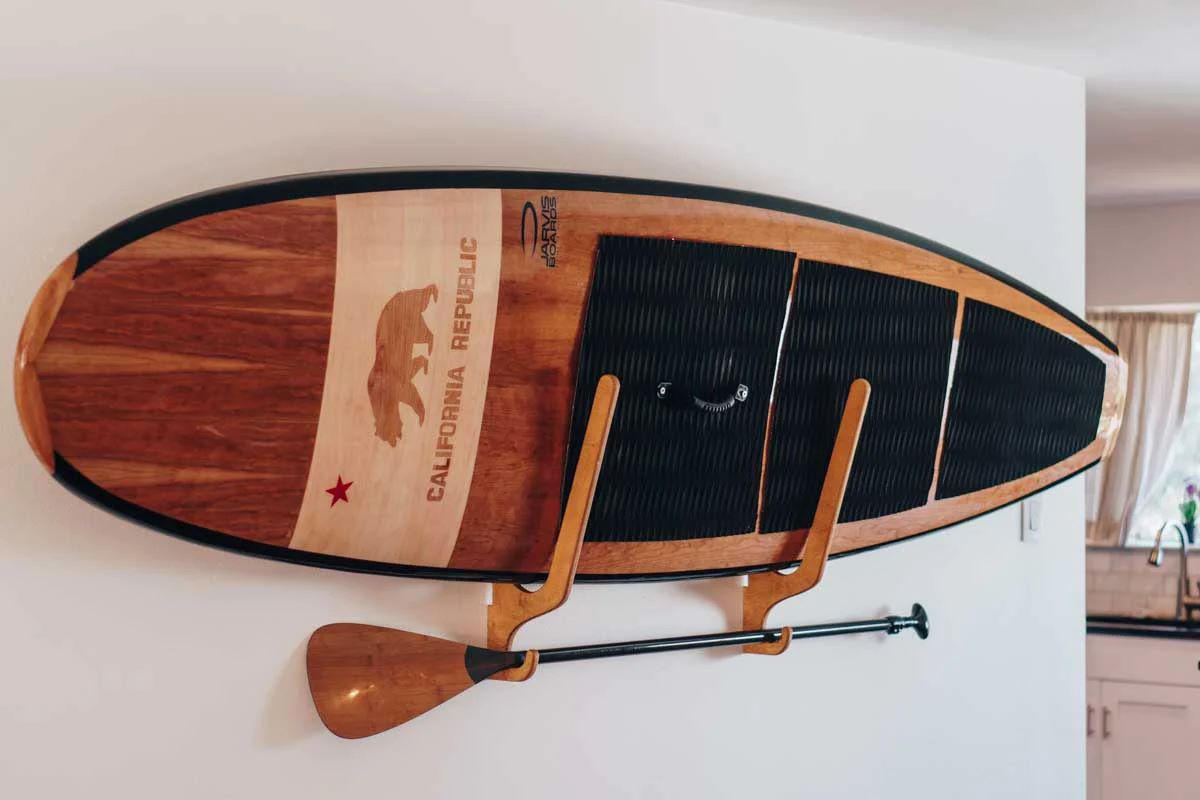

Articles
How To Store Paddle Boards
Modified: December 7, 2023
Learn how to store and care for your paddle boards with these informative articles. Explore tips, tricks, and best practices to keep your paddle boards in great condition and ready for your next adventure.
(Many of the links in this article redirect to a specific reviewed product. Your purchase of these products through affiliate links helps to generate commission for Storables.com, at no extra cost. Learn more)
Introduction
When it comes to enjoying leisurely activities in the great outdoors, paddle boarding has become a popular choice for people of all ages. Whether you prefer gliding across calm waters or riding the waves, having a paddle board can provide endless hours of fun and adventure. However, when it comes time to store your paddle board, proper care and maintenance are essential to ensure its longevity.
In this article, we will explore the best practices for storing paddle boards. From selecting the right storage location to choosing the proper storage rack, we will guide you through the process step by step. Additionally, we will provide tips on how to prepare your paddle board for storage and maintain it while it’s not in use.
By following these guidelines, you can ensure that your paddle board remains in excellent condition and ready for your next aquatic escapade.
Key Takeaways:
- Proper storage is crucial for maintaining your paddle board’s longevity and performance. Select the right location, use a suitable rack, and follow maintenance tips to ensure it’s always ready for your next adventure.
- Prepare your paddle board for storage by cleaning, inspecting, and protecting it. Safely store it on a rack or consider alternative storage options to keep it in excellent condition for years to come.
Read more: How To Store A Paddle Board
Selecting the Right Storage Location
Before diving into the specifics of paddle board storage, it’s crucial to choose the right location. The ideal storage location will provide protection from the elements, such as direct sunlight, rain, and extreme temperatures.
When considering where to store your paddle board, keep the following factors in mind:
- Indoor vs. Outdoor: While indoor storage is preferable, not everyone has the space available. If indoor storage is not an option, look for a covered outdoor area that provides protection from the elements.
- Temperature and Humidity: Paddle boards are typically made from materials such as epoxy or inflatable PVC, both of which can be affected by extreme temperatures and humidity. It’s important to choose a storage location that maintains a moderate temperature and humidity level.
- Accessibility: Consider how easy it will be to access your paddle board when you want to use it. Make sure the storage location allows for convenient retrieval and return of your board.
Once you have selected the appropriate storage location, it’s time to move on to the next step: choosing the right storage rack.
Choosing the Proper Storage Rack
Now that you’ve identified the ideal storage location for your paddle board, it’s time to choose a storage rack that will provide the necessary support and stability. There are various types of storage racks available, each with its own advantages and considerations.
Here are a few factors to consider when selecting a storage rack for your paddle board:
- Wall-Mounted Racks: Wall-mounted racks are a popular choice as they allow you to store your paddle board vertically, saving valuable floor space. Look for racks with padded arms or straps to prevent any potential damage to your board’s surface.
- Freestanding Racks: Freestanding racks are a great option if you have ample floor space. They typically have multiple arms or pegs to accommodate multiple paddle boards, making them ideal for families or individuals with multiple boards.
- Suspension Racks: Suspension racks provide a unique storage solution by suspending your paddle board from the ceiling. This type of rack is particularly useful if you have limited floor and wall space.
- Inflatable Board Racks: If you own an inflatable paddle board, look for racks specifically designed to accommodate the unique shape and size of inflatables. These racks often feature adjustable straps to securely hold your board in place.
When selecting a storage rack, ensure that it is sturdy and can support the weight of your paddle board. It’s also important to consider the installation process and whether it requires any drilling or mounting. Choose a rack that is easy to install and offers the necessary support for your specific board type.
With the right storage rack in place, you can now move on to preparing your paddle board for storage.
Preparing the Paddle Board for Storage
Before placing your paddle board on the storage rack, it’s essential to properly prepare it to ensure its longevity and prevent any damage. Follow these steps to prepare your paddle board for storage:
- Clean the Board: Start by giving your paddle board a thorough cleaning. Use a mild soap or a SUP-specific board cleaner to remove dirt, salt, and debris. Rinse the board with fresh water and allow it to dry completely.
- Inspect for Damage: Take a close look at your paddle board for any signs of damage, such as cracks, dents, or delamination. Address any issues before storing the board to prevent further damage.
- Remove Fins and Accessories: If your paddle board has removable fins, detach them before storage. This will prevent any pressure or stress on the fins while the board is stored. Likewise, remove any additional accessories such as leashes, deck pads, or paddle holders.
- Deflate Inflatable Boards: For inflatable paddle boards, deflate them according to the manufacturer’s instructions. Remove the air completely to avoid any strain on the board’s seams during storage.
- Protective Cover: Consider using a protective cover to shield your paddle board from dust, scratches, and UV rays. Opt for a cover made from durable, breathable material to prevent moisture buildup.
By following these steps, you can ensure that your paddle board is clean, free from damage, and properly prepared for storage.
Now that your paddle board is ready, it’s time to move on to the next step: safely storing it on the rack.
When storing paddle boards, it’s important to keep them out of direct sunlight to prevent damage from UV rays. Consider using a board rack or wall mount to keep them off the ground and out of the way.
Storing the Paddle Board on a Rack
With your paddle board cleaned, inspected, and prepared for storage, it’s time to safely store it on the chosen storage rack. Follow these guidelines to ensure proper storage:
- Position the Board: Carefully position the paddle board on the rack, making sure it is aligned and balanced. If using a wall-mounted rack, place the board vertically with the bottom facing the wall. For freestanding or suspension racks, follow the manufacturer’s instructions to secure the board in place.
- Use Protective Padding: If your rack does not have built-in padding, consider adding additional protection between the rack and your board. Foam or rubber padding can help prevent any scratches or damage from occurring.
- Avoid Overcrowding: If you have multiple paddle boards, make sure they are adequately spaced on the rack. Avoid overcrowding, as this can lead to potential damage or warping of the boards.
- Secure the Board: Ensure that your paddle board is securely fastened or locked in place, depending on the type of rack used. This will prevent any accidental movement or falls that could result in damage to the board.
When storing multiple boards, it’s important to stack them in a way that distributes the weight evenly and minimizes any potential strain on the boards. Consider placing foam padding between boards to protect their surfaces.
Remember to leave enough clearance around the rack to avoid bumping or knocking the boards when accessing or retrieving them. And always double-check that the board is securely stored before leaving it unattended.
Now that your paddle board is safely stored on the rack, let’s explore some alternative storage options.
Read more: How To Store Inflatable Paddle Board
Alternative Storage Options
While using a storage rack is a popular and effective way to store paddle boards, there are alternative options you can consider, depending on your specific circumstances and available space. Here are a few alternative storage options:
- Storage Bags: If you have limited space or don’t want to install a storage rack, consider using storage bags designed specifically for paddle boards. These bags provide protection from dust, UV rays, and scratches while allowing you to easily transport and store your board.
- Ceiling Hoists: Ceiling hoists are an excellent option if you have limited floor space or want to minimize clutter. These pulley systems allow you to easily hoist and suspend your paddle board from the ceiling, keeping it safely stored and out of the way.
- Outdoor Covers: If you’re storing your paddle board in an outdoor area, investing in a durable and weather-resistant cover is essential. Look for covers that offer UV protection and are designed to fit your specific board’s dimensions.
- Rack Systems: If you have multiple boards and want a comprehensive storage solution, consider investing in a rack system specifically designed for paddle sports. These systems typically include hooks, racks, and storage units that can accommodate multiple boards, paddles, and accessories.
When considering alternative storage options, take into account the specific needs of your paddle board, available space, and ease of access. Choose a solution that best suits your requirements and provides the necessary protection for your board.
Now that you have explored alternative storage options, it’s important to know how to maintain your paddle board during storage to ensure its longevity.
Maintaining the Paddle Board During Storage
Proper maintenance during the storage period is crucial to ensure that your paddle board remains in optimal condition and ready for your next adventure. Here are some essential tips for maintaining your paddle board during storage:
- Regular Inspections: Periodically check your paddle board for any signs of damage, such as cracks, dents, or delamination. Address any issues promptly to prevent further deterioration.
- Keep it Dry: Moisture can be detrimental to the integrity of your paddle board. Ensure that your storage area has proper ventilation to prevent the build-up of moisture. If necessary, use a dehumidifier to maintain a dry environment.
- Rotate the Board: If storing your board for an extended period, consider rotating it every few months to prevent excessive pressure on a specific area. This helps to evenly distribute weight and minimize any potential warping.
- Avoid Extreme Temperatures: Extreme temperature fluctuations can impact the materials of your paddle board. If possible, store your board in a location where it won’t be exposed to extreme heat or cold.
- Check Storage Straps: If you’re using storage straps or ties, check them regularly to ensure they are still securely holding your paddle board in place. Replace any worn-out or damaged straps to prevent any accidents or board slippage.
- Monitor Inflatable Boards: If you have an inflatable paddle board, periodically check the air pressure and re-inflate if necessary. This helps to maintain the shape and integrity of the board during storage.
By following these maintenance tips, you can help prolong the life of your paddle board and ensure that it’s always in excellent condition for your next paddle boarding adventure.
As our article on storing paddle boards comes to an end, let’s recap the key points we’ve covered.
Conclusion
Proper storage is essential for maintaining the longevity and performance of your paddle board. By following the guidelines outlined in this article, you can ensure that your paddle board remains in excellent condition and ready for your next aquatic adventure.
Start by selecting the right storage location, considering factors such as protection from the elements, temperature, humidity, and accessibility. Choose a storage rack that provides the necessary support and stability for your paddle board, whether it’s a wall-mounted rack, freestanding rack, suspension rack, or inflatable board rack.
Before storing your paddle board, take the time to prepare it properly. Clean the board, inspect for damage, remove any removable fins or accessories, and deflate inflatable boards according to the manufacturer’s instructions. Consider using a protective cover to shield your board from dust, scratches, and UV rays.
When it’s time to store your paddle board on the rack, position it carefully, use protective padding if needed, and ensure it is securely fastened. Avoid overcrowding the rack and provide adequate clearance to prevent any accidental damage.
If using alternative storage options such as storage bags, ceiling hoists, outdoor covers, or rack systems, ensure that they provide the necessary protection and convenience for your specific needs.
During the storage period, regularly inspect your paddle board for any damage, keep it dry, rotate it periodically, avoid extreme temperatures, and check storage straps or ties. For inflatable boards, monitor the air pressure and re-inflate if necessary.
By following these storage and maintenance practices, you can enjoy your paddle board for years to come, knowing that it is properly cared for and protected.
So, store your paddle board with confidence and get ready for your next exciting paddling adventure!
Frequently Asked Questions about How To Store Paddle Boards
Was this page helpful?
At Storables.com, we guarantee accurate and reliable information. Our content, validated by Expert Board Contributors, is crafted following stringent Editorial Policies. We're committed to providing you with well-researched, expert-backed insights for all your informational needs.
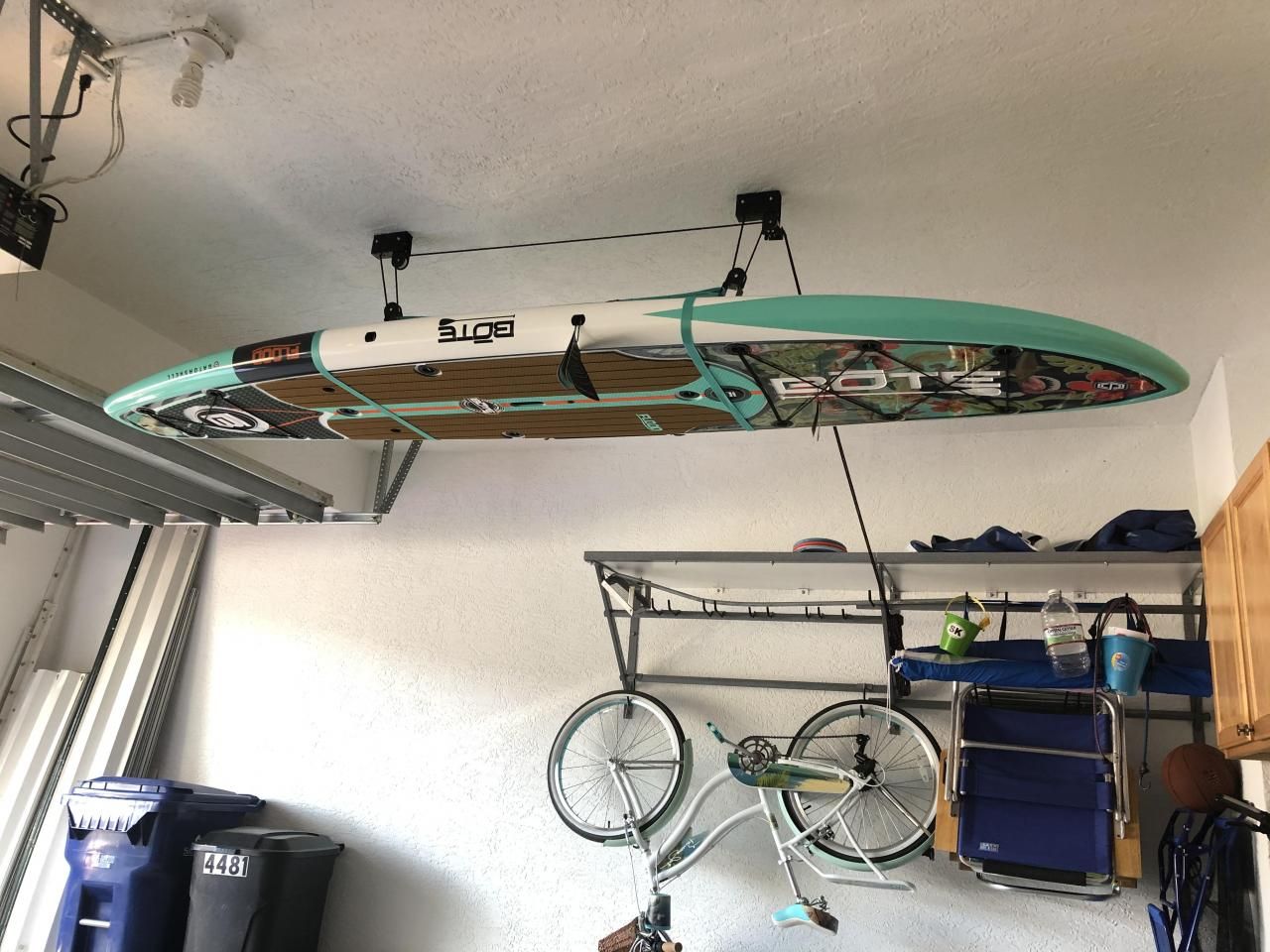
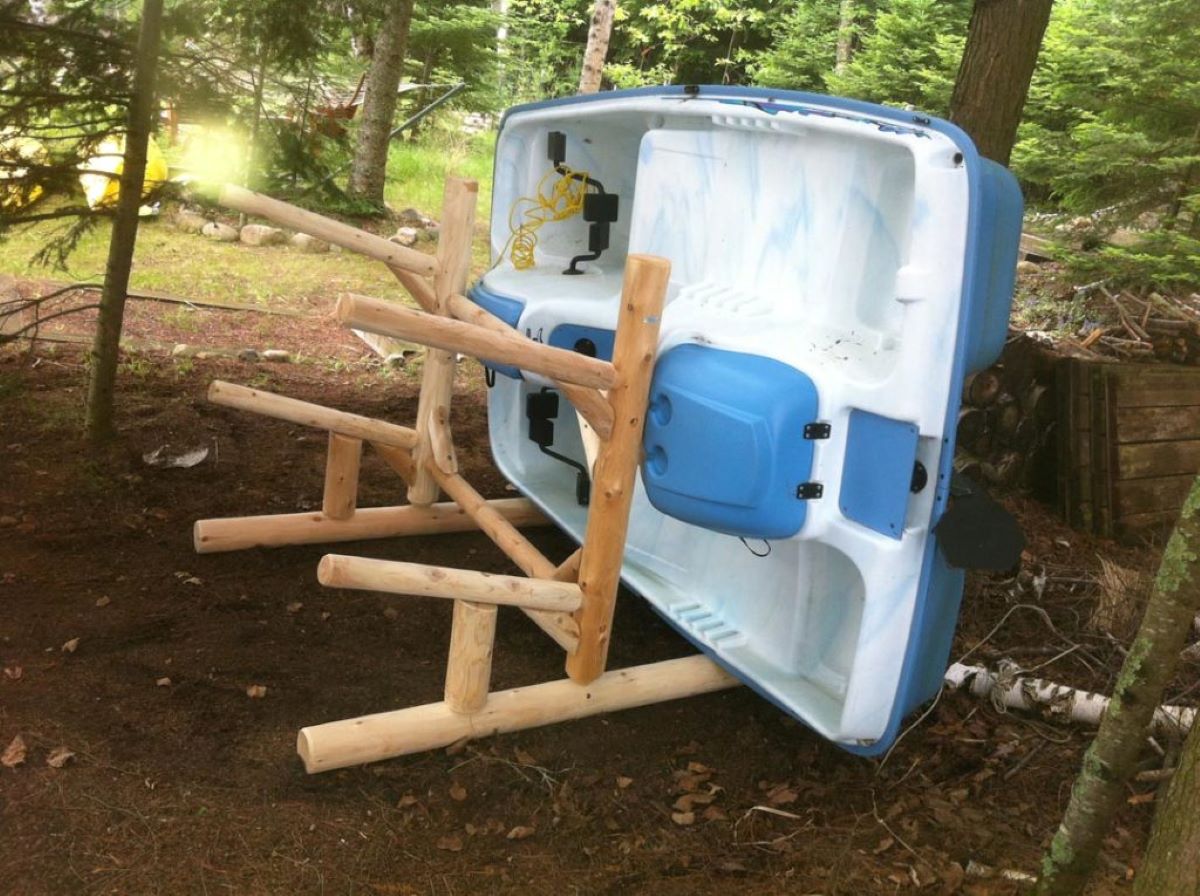
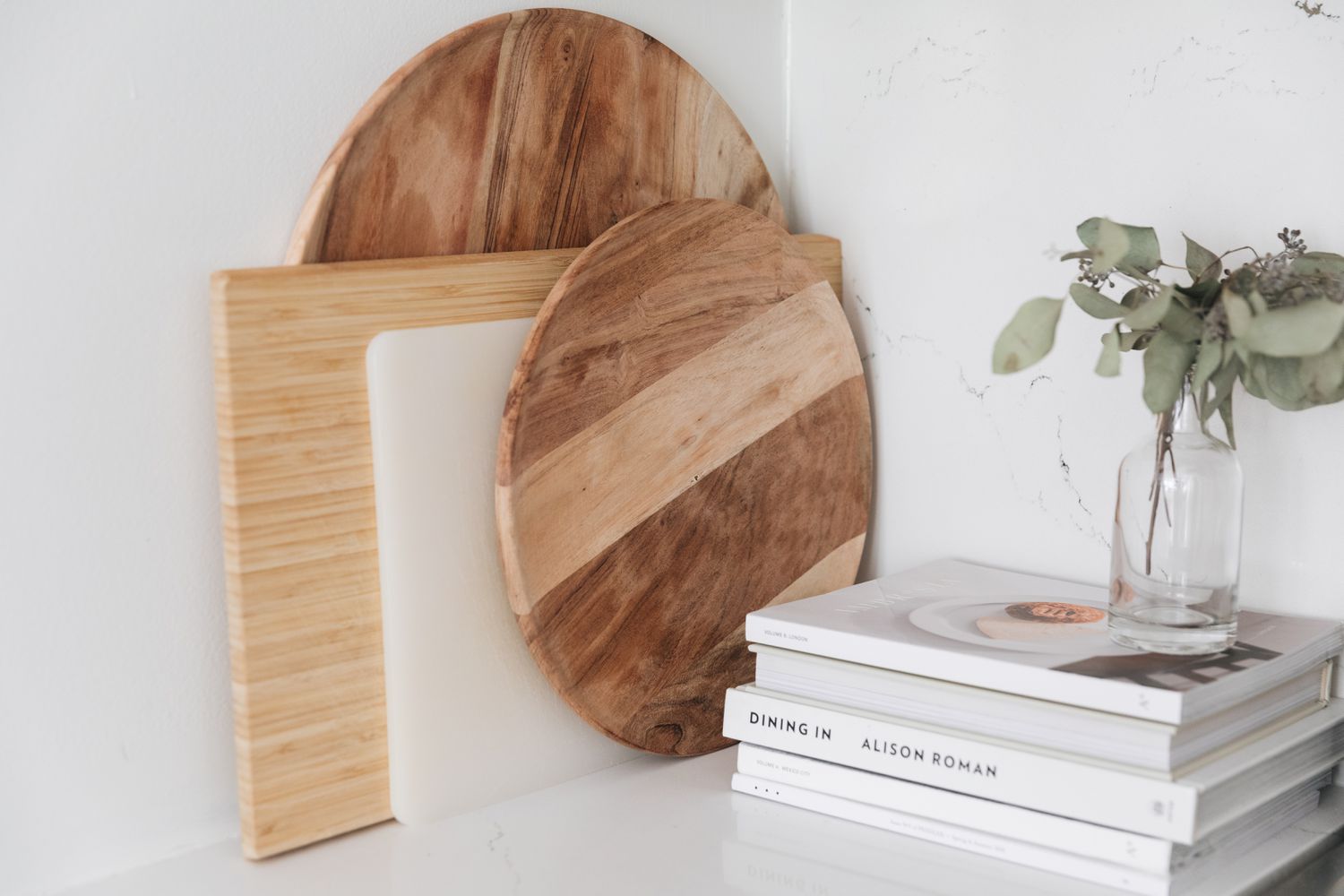

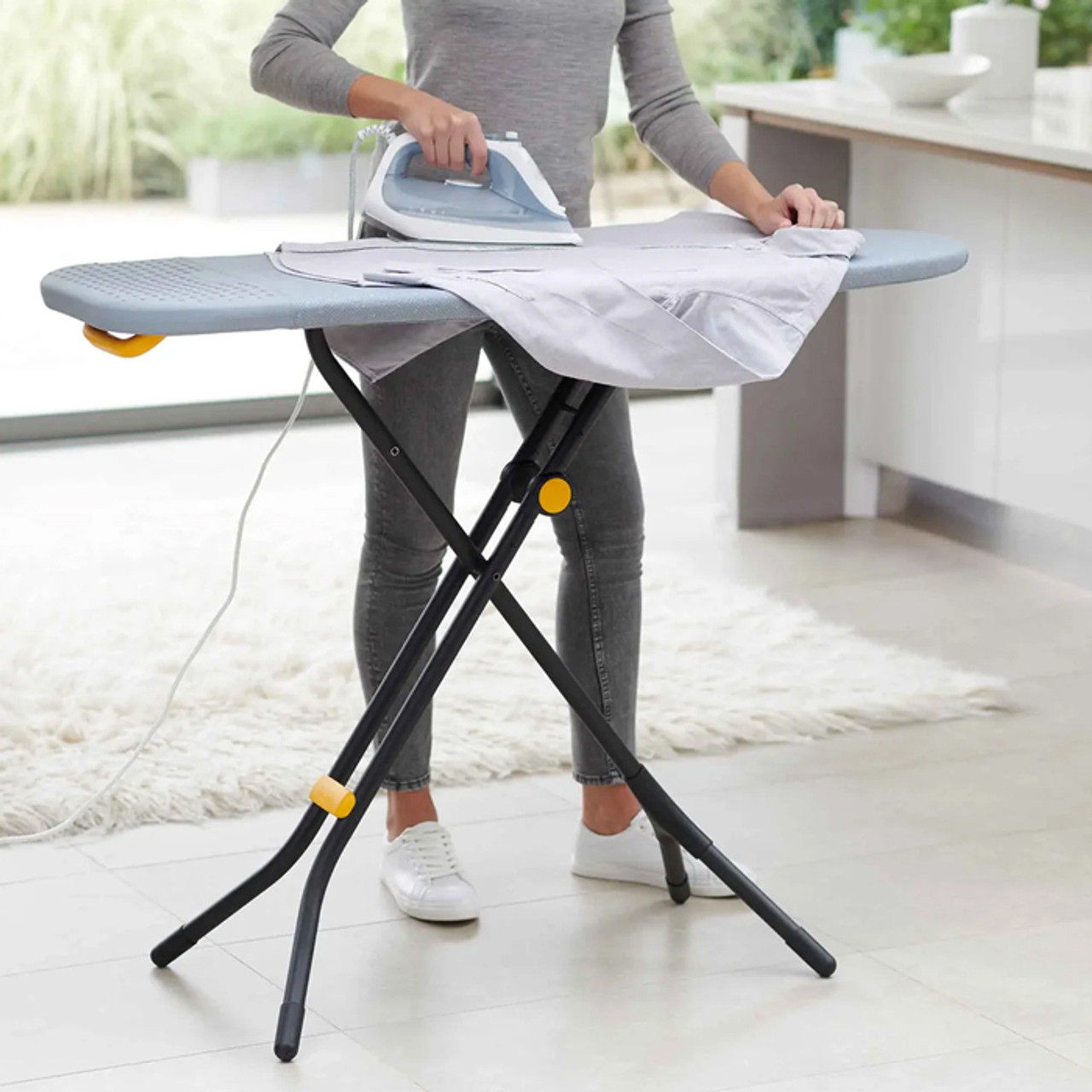

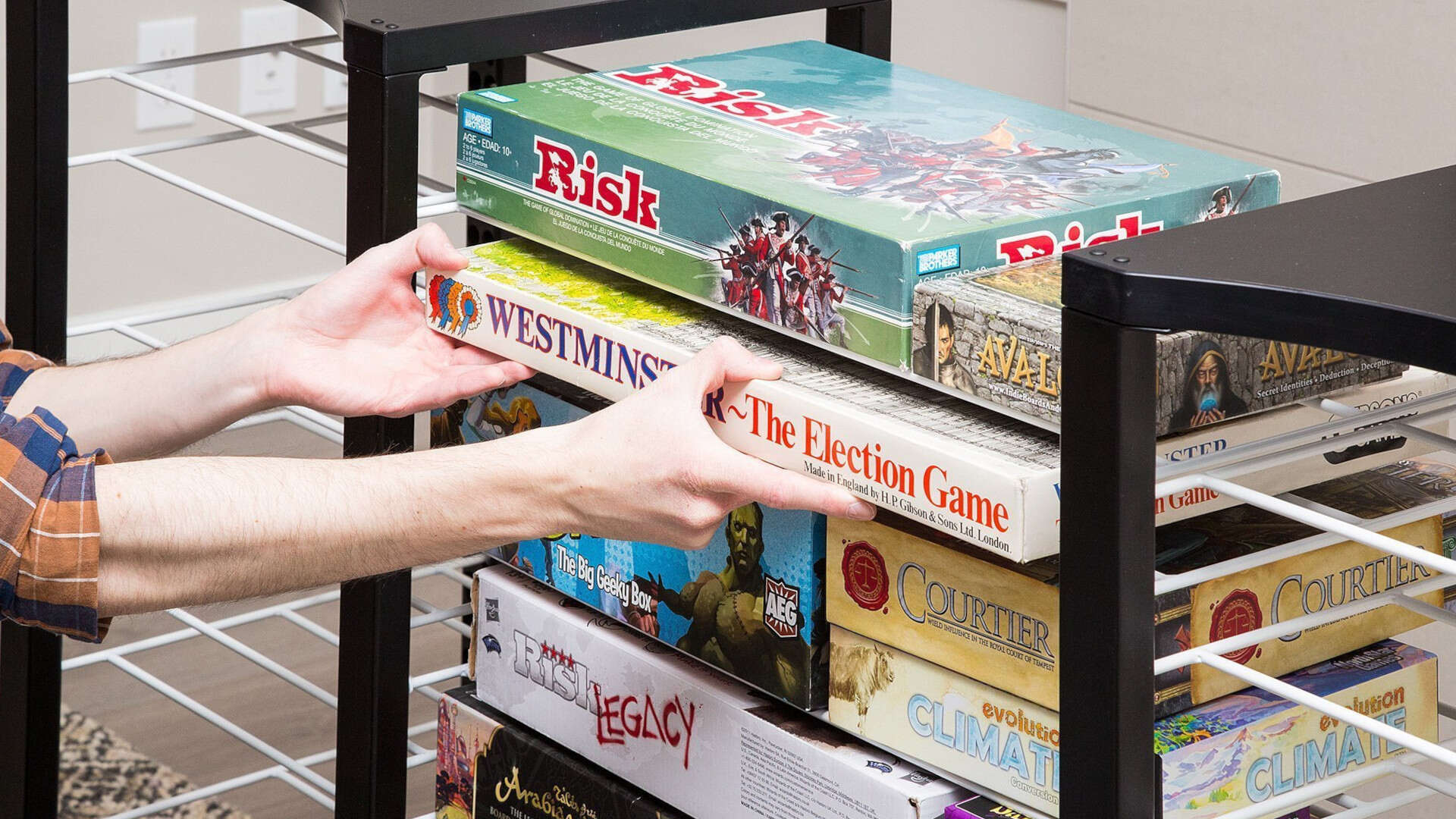

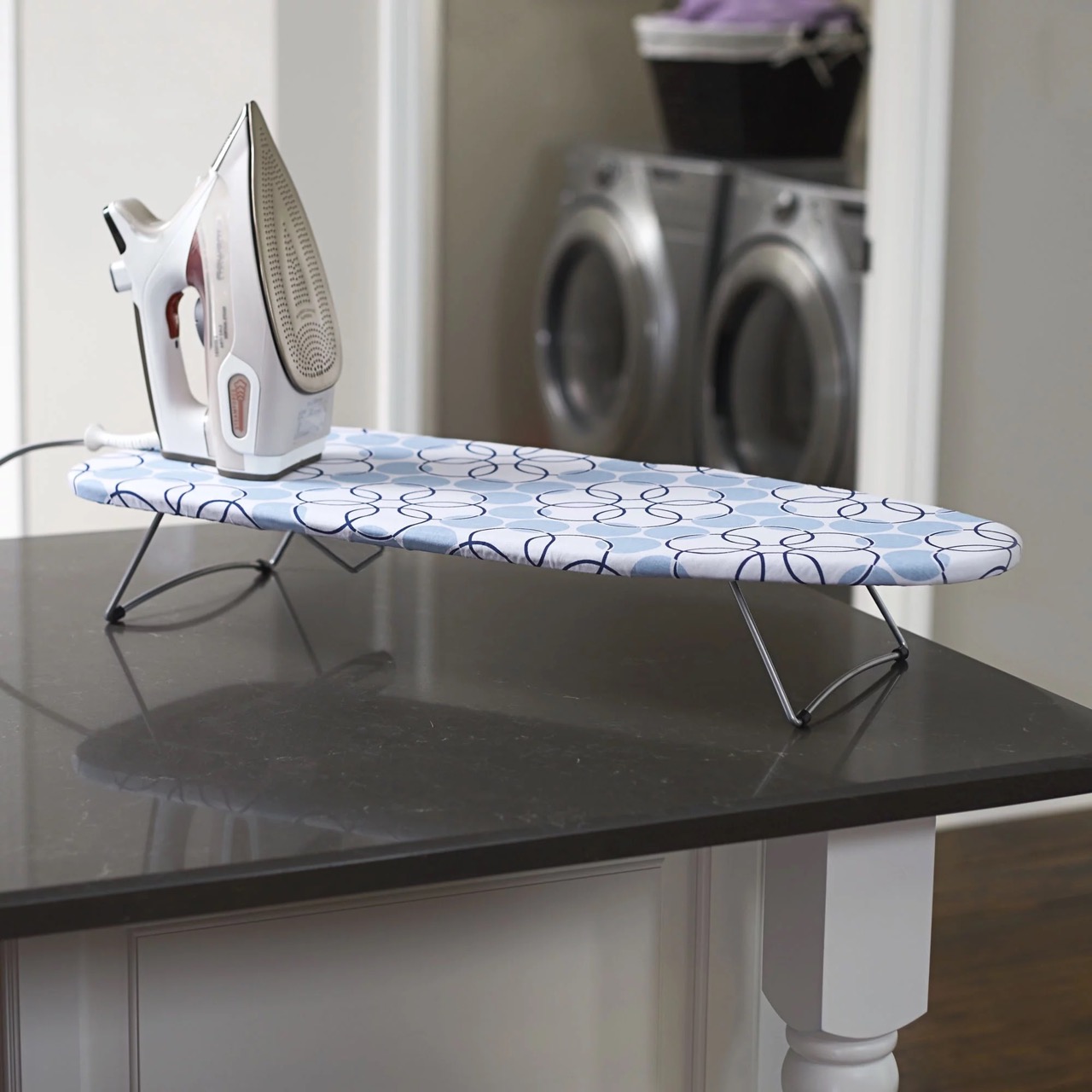
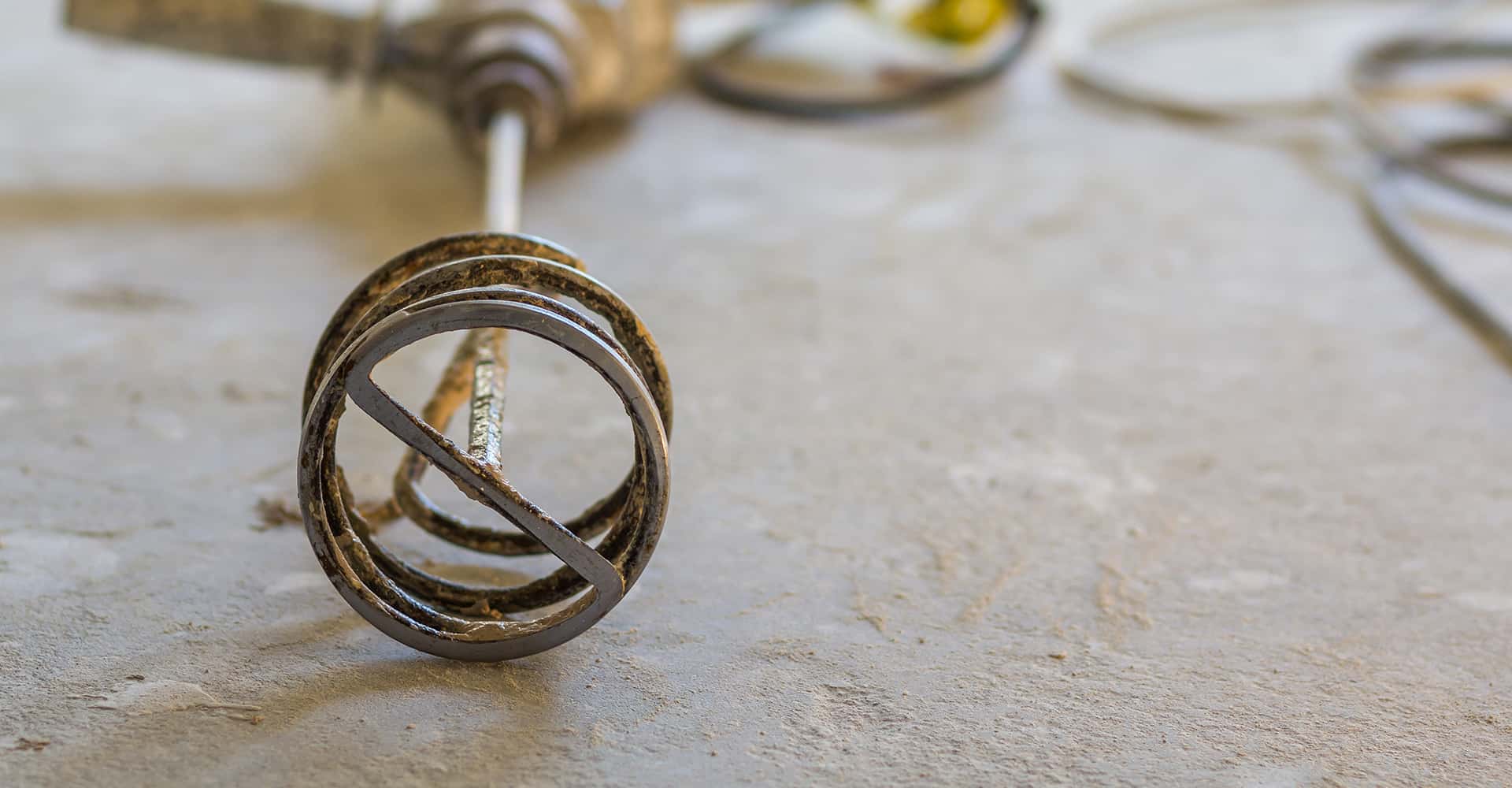


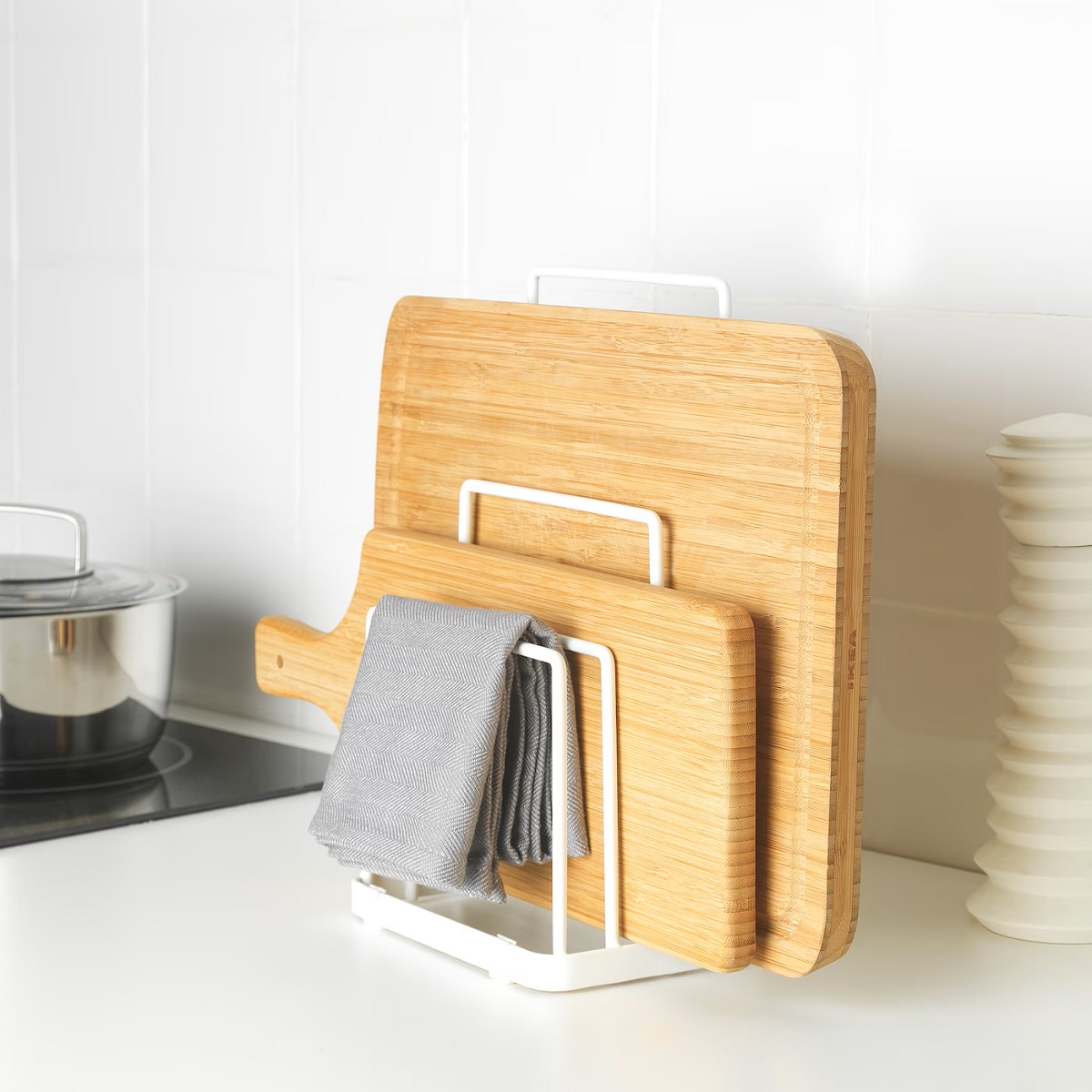
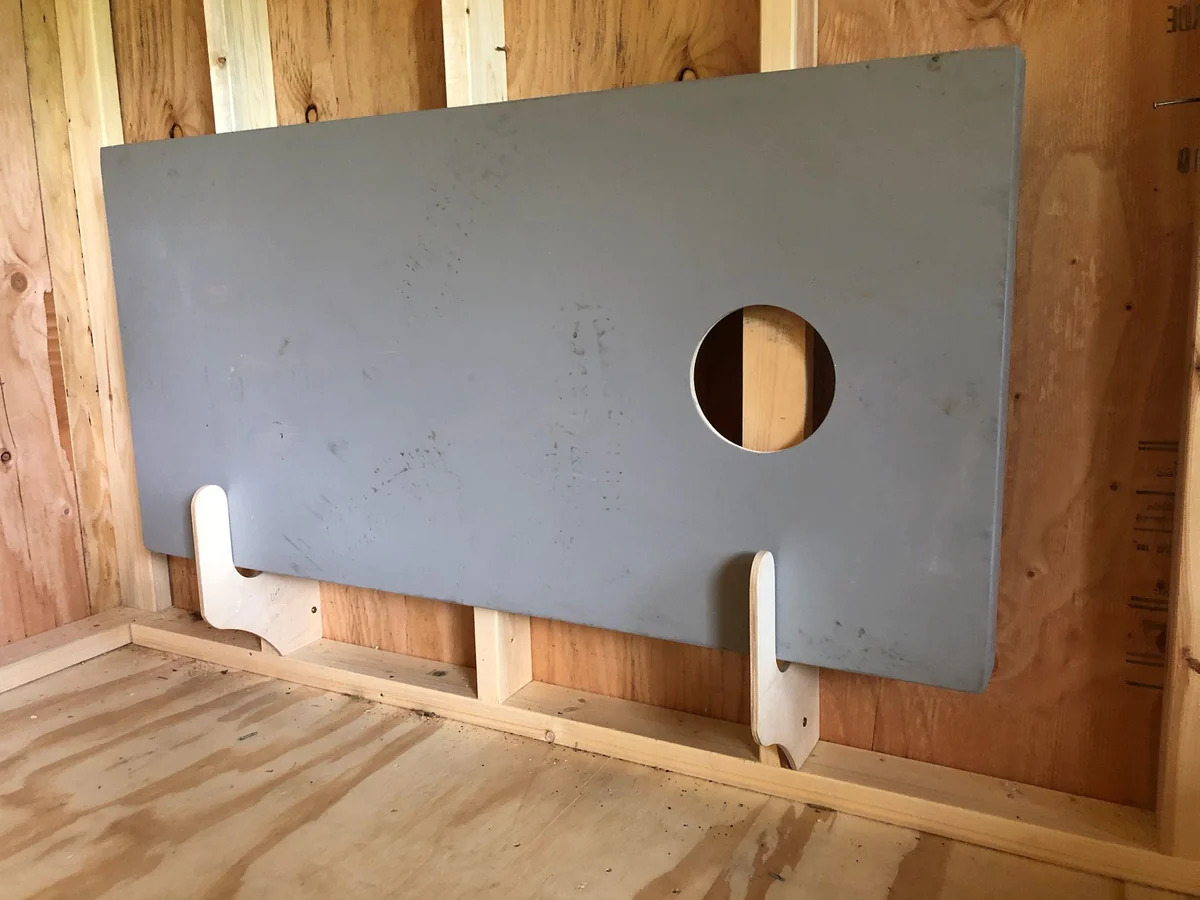

0 thoughts on “How To Store Paddle Boards”